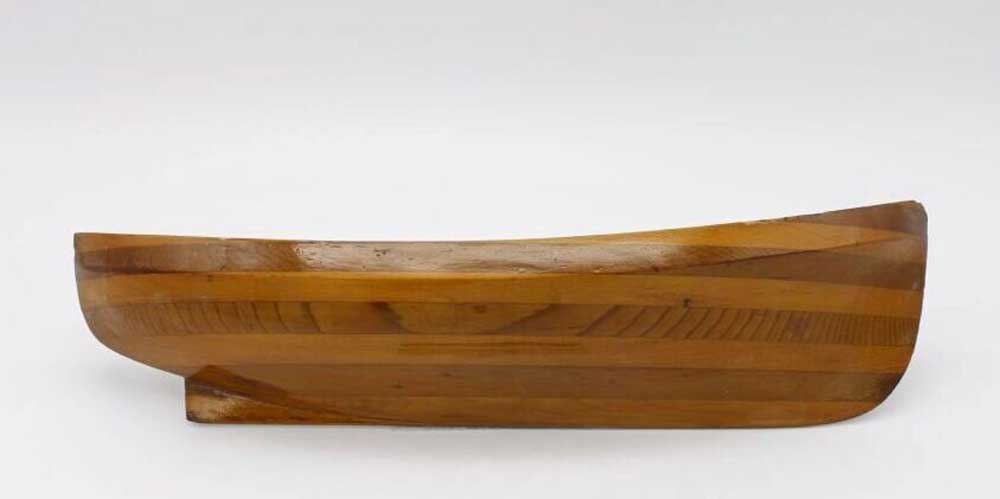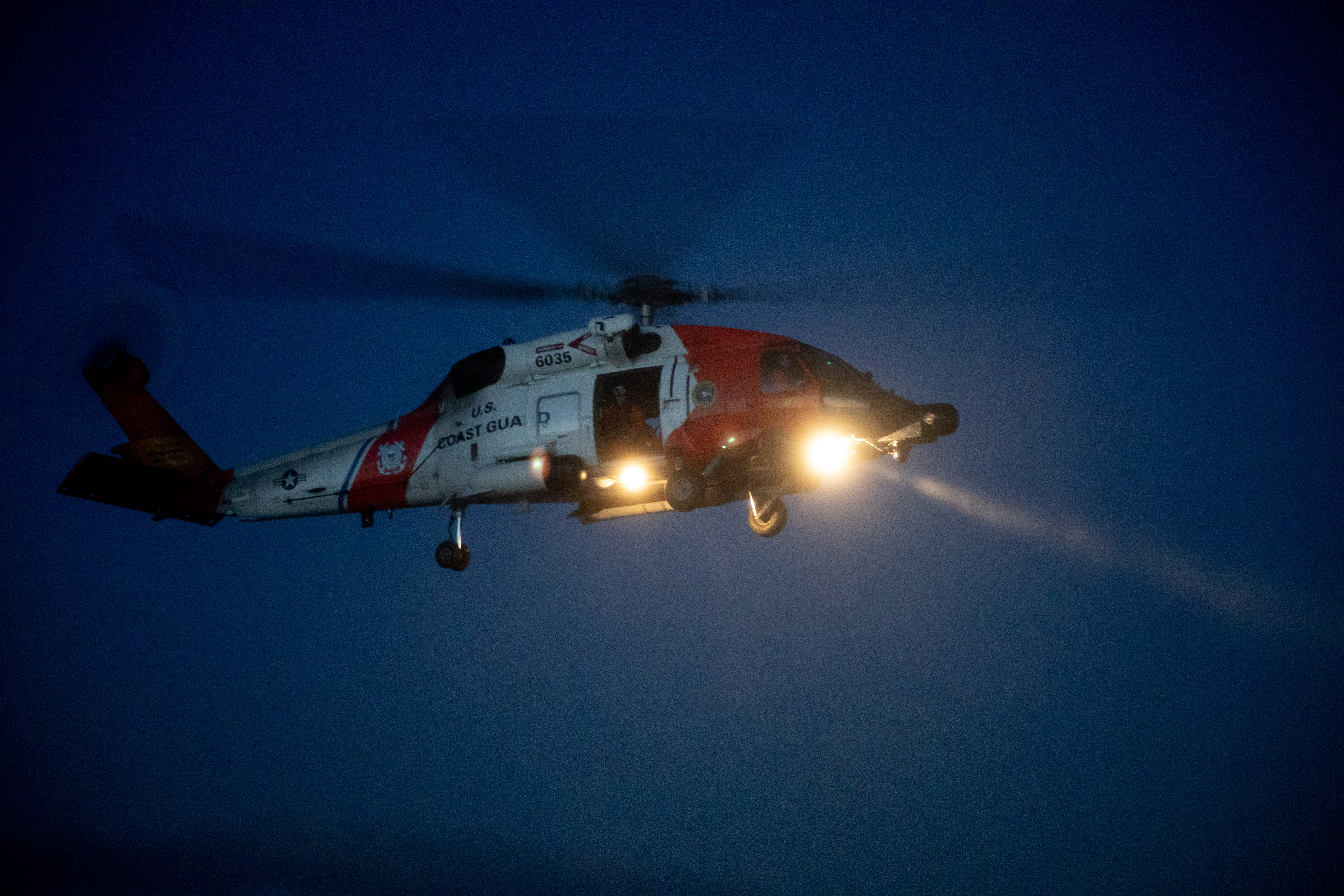Half hulls were recipes for whole ships
Published 11:07 am Tuesday, March 5, 2024

- The Columbia River Maritime Museum is home to more than 70 half hull models.
No matter the size, building a ship is a monumental task. For hundreds of years, shipwrights have looked for ways to accurately and affordably convey their designs to prospective buyers.
Trending
It would be impractical to build a ship’s frame to scale and have it be rejected by its investors. Instead, shipwrights created half hulls for this purpose, also known as half-block models.
For most of the 18th century, American ships were created from so-called “skeleton models” that represented the bare bones of the vessel but did little to show its actual shape. Other block models were carved from a single block of wood and took a long time to shape.
Although with modern technology there is less of a need for physical half models, there is software today that follows this same concept.
Trending
Orlando Merrill, of Newburyport, Massachusetts, is credited with the creation of the water-line model, which is the most common half model today.
Merrill composed the model of many different slices, or “lifts,” of wood that would be connected together. The lifts could be sanded down into the desired shape before having the dimensions transferred to paper.
After that, shipbuilders would simply scale up the dimensions of their model to create a full-scale project. This strategy was used for a wide variety of vessels, from traditional sailing ships to fishing boats, steamships and yachts.
But why a half hull rather than the full shape?
Most ships are symmetrical. As long as the designer knew what one half of the vessel looked like, they could anticipate how the other half would look. Traditionally, the starboard (right) side was carved and the port (left) side was recreated from its twin.
Using half models proved to be an effective way for artists to show off their portfolio of work.
Half hulls were often adhered to a piece of wood and mounted on shipwrights’ walls to show off their ability. Some models were mounted to a mirror instead of wood to create the illusion of a full hull.
Buyers could inspect a vessel on a small scale and request changes to a design before construction began on the larger ship.
It was also a useful way to estimate the amount of lumber that would be needed during production. As time went on and construction shifted from wood to metal, half hulls became a tool for testing where seams should be located.
Although with modern technology there is less of a need for physical half models, there is software today that follows this same concept.
Columbia River Maritime Museum holds 72 half hull models in its collection, ranging from the beloved Astoria ferry Tourist to U.S. Coast Guard vessels like the barque Eagle.









